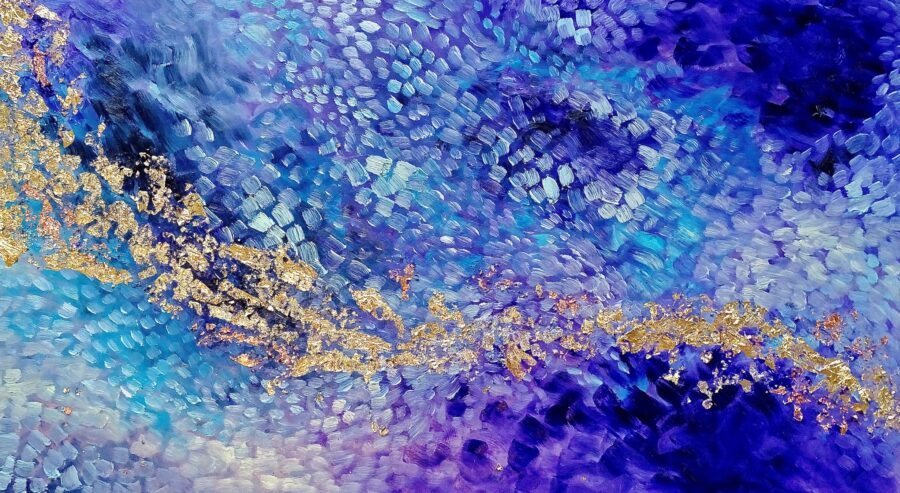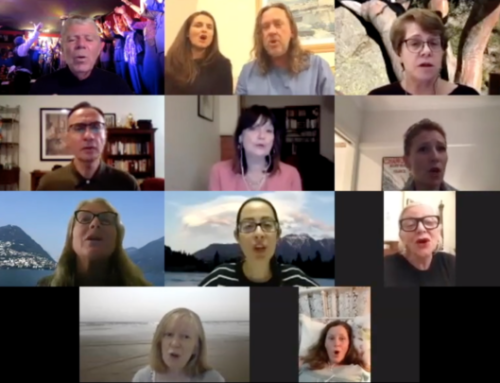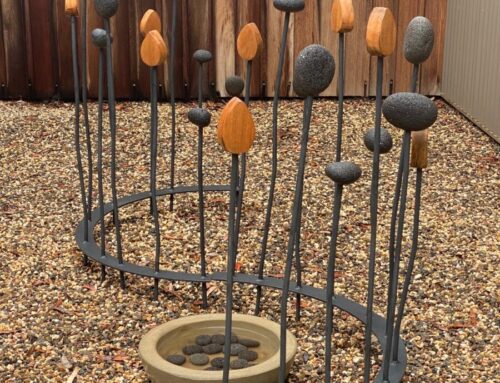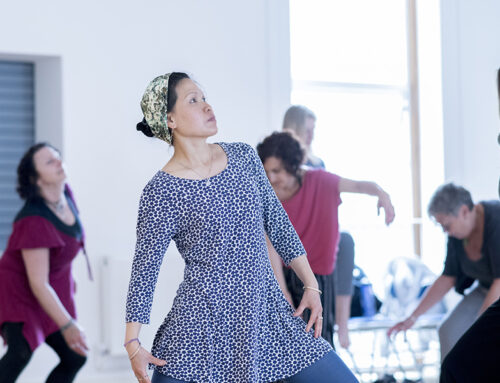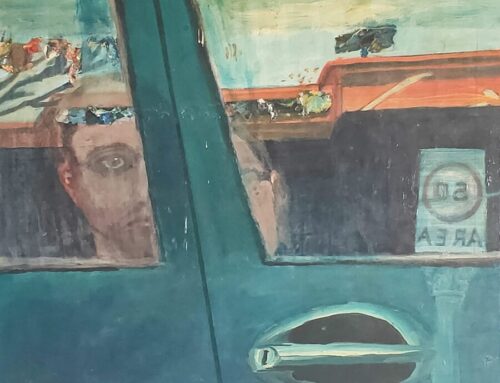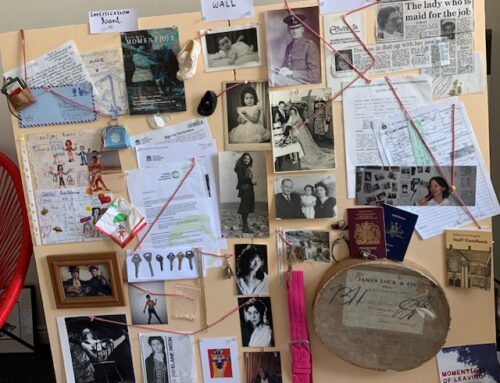Orinta Pranaityte is a versatile Visual Artist, whose work has changed a lot throughout recent years. Her art has always been in relation to her own personal challenges in life, as well as considering the political, situational or environmental matters in world. Primarily expressing herself through performance art through her university studies, (BA Hons, Fine Art, University of Lincoln, 2014-2015), she began to focus on Art and healthcare in 2019. She now assists others to experience physical and mental wellbeing through therapeutic art classes.
It’s not easy opening up about mental health, even though it affects us all. Due to the pandemic, I have been through distress and anxiety, as have many other people, and it’s time to acknowledge the situation, and to freely talk about it. My practice urges me to think about other people, who might be going through similar emotions, and to create a healing program for others – through visual examples of my own healing process.

The Art of Healing 2 of 3 (2020) Oil on aluminium
One part of dealing with depression stress or trauma, is that it can be difficult to take action, to open up or to find a method for coping. The work that is featured here began out of loneliness, isolation and being in a foreign country, as well as the anxiety around COVID -19. It is one of three blue paintings done with oil paint on three sheets of aluminium. The work went through a process of many layers, then waiting for days for each layer to dry, and then making new marks with my fingers. It was a slowly evolving piece and gradually it became the ‘Art of Healing’ project. I reached a new level of connection to the work by exploring my emotions on the material and using finger marks.
The relationship to the work starts from the mind, memory, or a significant event. The intention is to create a safe space where I can represent my emotions and feelings in other creative ways. There is no pre-planned design in the process of creation, but it is a moment with yourself, plus the materials, and a time to self-heal.
For me, The Making Effect is a strong emotion, which needs to be expressed, and transferred into another visible form. It’s the process that leads towards the aftermath. Recovery is at the centre of the work through holistic approaches of self-empowerment. When I talk about holistic, I mean taking care of your body, mind and soul. In the same principle as you would go to a counsellor or a therapist, but you’re taking charge of the situation and healing through your art.
In my present life, I acknowledge that there is an imbalance within me, and there is acceptance of the situation, which leads to finding the time for psychological relief, as I like to call catharsis.

The Art of Healing 3 of 3 (2020) Oil on aluminium
I think there is still stigma in the society about mental health disorders. At a certain time in our lives, events can change us, and sometimes we may not fully heal. It can be seen as weakness to have depression and people might fear opening up to others about a mental illness. Where I come from (Lithuania), it’s discouraged to tell people, and I know this because in my own Eastern European family household, the topic is viewed negatively and generally not discussed openly.
My main aim is to inspire others to take their own action, and to dedicate some time each day for your own healing journey. Whether that’s a written diary, poetry, walk in the nature, performative expression, painting or a drawing… and then to tell other people about it!
My earlier performative work was literally about my own solitude, memories, and family. In my early 20’s, it took me years to heal from the loss of my step-father, and even though I never spoke to anyone about the traumatic experience, I did create autobiographical video work. As I have evolved throughout time, now I use more traditional forms of art, such as painting and drawing. I think it’s partly to do with me working as a facilitator in self-expressive therapeutic Arts & Crafts classes; my practice merges together with my new interest in helping the wellbeing and mental health of others in these art classes.
I certainly know when I feel a longing for art, so regularly, I try to find time for myself to create a new piece of work. The longing can be described as a feeling of emptiness and restlessness. Sometimes I need a distraction from the everyday, and whilst focusing on a new painting or drawing, I find peace and clarity. I think it’s very beneficial and important seeing other artists’ works, as it’s a source of inspiration.
More of Orinta’s work can be found at https://www.artstherapyuk.com/
Orinta has created a blog post https://www.artstherapyuk.com/post/intro-to-the-art-of-healing
